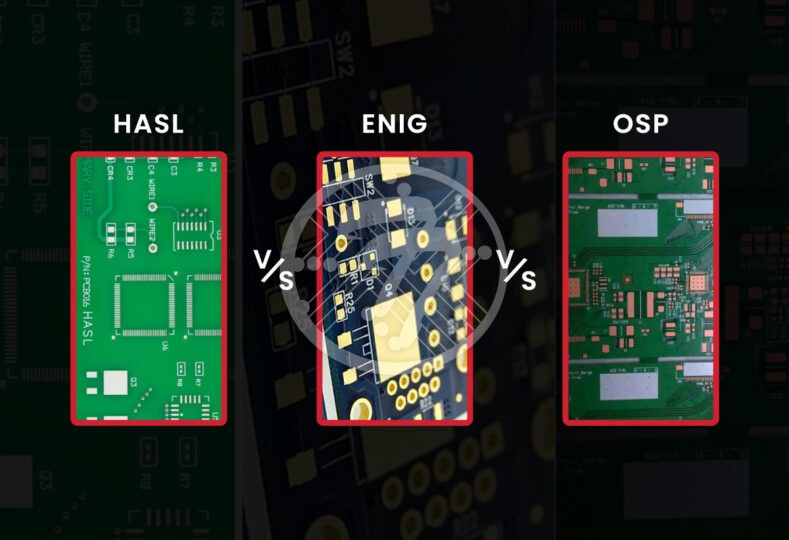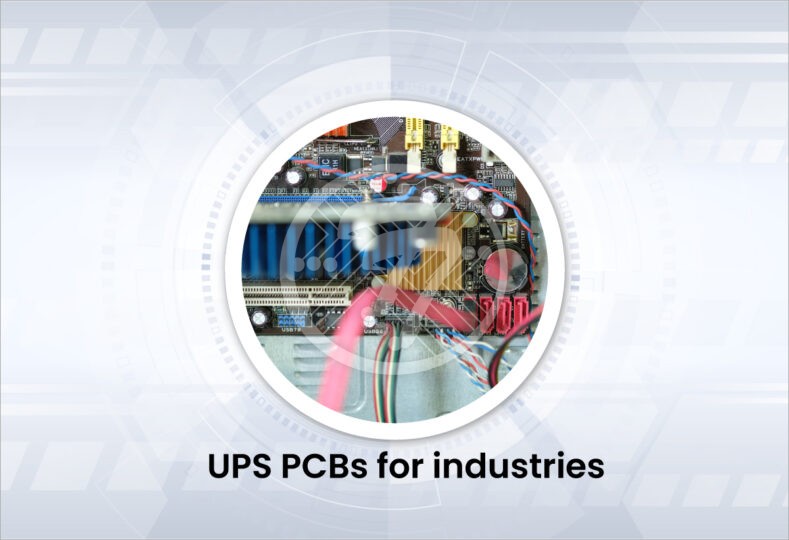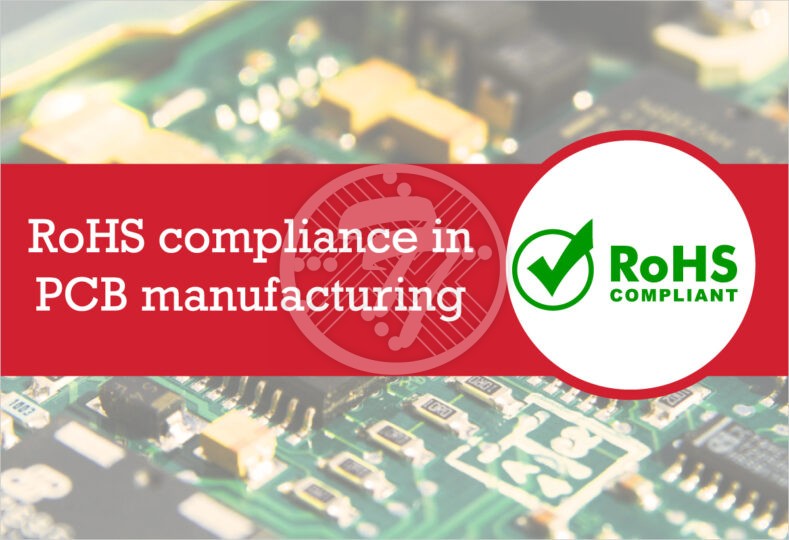The top Printed Circuit Board (PCB) testing software in the United States!

PCB testing software plays a critical role in ensuring printed circuit boards meet design specifications and function reliably before mass production. In the U.S., top PCB testing solutions including offerings from companies like Technotronix combine advanced electrical verification, design rule checks, and automated inspection features to detect errors early, reduce costly rework, and speed up time to market. These tools are widely used by engineers, manufacturers, and prototyping services to maintain quality, improve efficiency, and ensure a seamless transition from design to assembly.
1. KiCad
- Overview: KiCad offers several tools for testing PCB designs before and after fabrication. These include design rule checks (DRC), electrical rules checks (ERC), simulation, and 3D viewing. DRC and ERC help identify potential manufacturing and electrical issues, while the 3D viewer allows for visual inspection of component placement and overall design. KiCad also supports simulation, enabling users to test circuit functionality before committing to production.
- Pricing: KiCad is completely free and open-source software.
2. Altium Designer
- Overview: Altium Designer facilitates PCB testing primarily through its Design for Testability (DFT) features and by enabling the generation of outputs required for various testing methods. It does not perform physical testing itself but rather provides the tools to design a board that is easily testable and to prepare the necessary data for external testing equipment.
- Pricing: $460/month.
3. EasyEDA
- Overview: EasyEDA primarily supports PCB testing through schematic and PCB design verification, including connectivity checks and design rule checks (DRC). For physical PCB testing it relies on the user to perform traditional methods like continuity testing or functional testing. EasyEDA also offers a simulation mode for circuit verification before physical fabrication.
- Pricing: Free and premium are both available. Premium starts with $19.9/month for individual and $39.9/month for enterprise.
4. DipTrace
- Overview: DipTrace offers robust PCB testing features, including real-time Design Rule Check (DRC), net connectivity verification, and comparison with the schematic. These features help identify errors early in the design process, ensuring a more reliable and error-free PCB layout. Additionally, DipTrace supports various import/export formats for manufacturing and provides a 3D preview for visualizing the PCB.
- Pricing: Perpetual license costs from 75 USD for starter to 995 USD for unlimited version.
5. Cadence Allegro
- Overview: Cadence Allegro PCB design software offers various features for PCB testing, including automated and manual test point assignment, design for test (DFT) capabilities, and analysis-driven design. These features help ensure the functionality and manufacturability of PCBs by identifying and addressing potential issues early in the design process.
- Pricing: Allegro licenses can cost around $2,800 to $3,000 annually.
6. ExpressPCB
- Overview: ExpressPCB has added an Electrical Test option to its Classic and Plus versions, giving customers confidence that their boards match submitted design files before assembly. This added validation helps keep projects on schedule and within budget by reducing design cycles and minimizing rework. Combined with free CAD software, quality manufacturing, and low costs, ExpressPCB continues to streamline the path from design to finished product.
- Pricing: ExpressPCB offers its PCB CAD design software free of charge.
7. Proteus Design Suite
- Overview: The Proteus Design Suite offers various features for testing printed circuit boards (PCBs) during the design and pre-production phases. It includes automated pre-production checks, testpoint integration, and tools for managing high-speed design considerations like differential pair skew.
- Pricing: It starts from $248 and other packages’ pricing are as per business size.
8. Zuken
- Overview: Zuken offers various solutions for PCB (Printed Circuit Board) testing, primarily through its CR-8000 and eCADSTAR design software platforms. These tools integrate simulation and analysis capabilities, allowing for comprehensive testing and verification of PCB designs before physical prototyping.
- Pricing: £78 / €89 per month
Overall, the leading PCB testing software in the U.S. provides engineers and manufacturers with powerful verification, simulation, and inspection capabilities that catch design flaws early and optimize boards for manufacturability.
At TechnoTronix, we deliver PCB testing services to ensure boards meet design standards, reduce costly errors, and speed up production. By integrating advanced verification and inspection tools, engineers and manufacturers maintain quality, improve efficiency, and confidently move from prototype to full-scale production. Reach out [email protected] or request a quote for more information.









